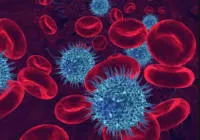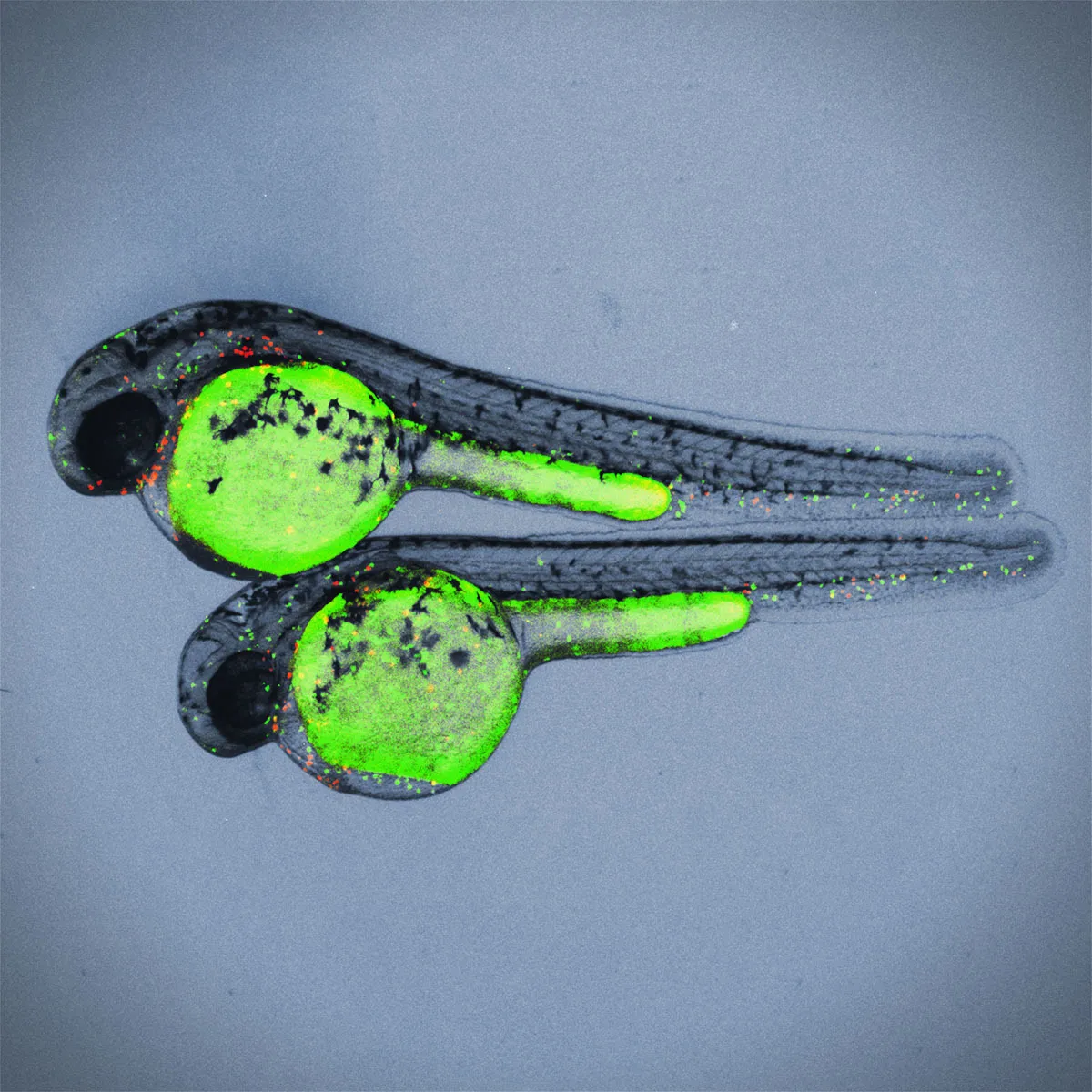
Stories of Infection 
Stanford University offers a course on Stories of Infection, providing an in-depth exploration of the history and science of infectious diseases. Gain a better understanding of this important topic today. ▼
ADVERTISEMENT
Course Feature
![]() Cost:
Cost:
Free
![]() Provider:
Provider:
Coursera
![]() Certificate:
Certificate:
No Information
![]() Language:
Language:
English
![]() Start Date:
Start Date:
Self Paced
Course Overview
❗The content presented here is sourced directly from Coursera platform. For comprehensive course details, including enrollment information, simply click on the 'Go to class' link on our website.
Updated in [March 06th, 2023]
This course, Stories of Infection, introduces learners to a variety of infectious diseases using a patient-centered, story-based approach. Through illustrated, short videos, learners will follow the course of each patient’s illness, from initial presentation to resolution. Integrating the relevant microbiology, pathophysiology and immunology, this course aims to engage and entice the learner towards future studies in microbiology, immunology and infectious diseases. The patient-centered videos included in this course were created as part of the Re-imagining Medical Education initiative, led by Charles Prober MD, Senior Associate Dean of Medical Education at the Stanford School of Medicine. This initiative was the first of its kind to explore the collaborative creation of foundational medical education online content by inter-institutional teams of faculty. The content presented in this course was created by faculty from Stanford University School of Medicine, in collaboration with The University of Washington School of Medicine, Duke University School of Medicine, UCSF School of Medicine, and The University of Michigan Medical School. Support for this initiative was provided by the Robert Wood Johnson Foundation and the Burke Family Foundation.
This course is divided into six modules. In Module One, learners will become familiar with how some microbes cause disease in humans, and the human immune system, including the cells that make up the innate and adaptive immune responses. In Module Two, learners will explore six infectious diseases caused by bacteria. In Module Three, learners will explore seven additional cases of infectious disease involving bacteria. In Module Four, learners will explore five cases of infectious disease involving viruses. In Module Five, learners will explore five additional infectious diseases caused by viruses. In Module Six, learners will explore six cases of infectious disease caused by mites, protozoa, tapeworms, fungi, and tick-borne bacteria. After each lecture, there is a glossary of terms pertaining to that lecture, which will assist learners in answering the quiz questions. Learners can also find a glossary of all terms from the course, listed alphabetically, under the "Resources" tab.
Stories of Infection is an engaging and informative course that provides learners with an introduction to a variety of infectious diseases. Through patient-centered videos, learners will gain an understanding of the relevant microbiology, pathophysiology and immunology of each disease. Learners will also explore the relationship between socioeconomic conditions and infectious disease, and the use of vaccines. This course was created as part of the Re-imagining Medical Education initiative, led by Charles Prober MD, Senior Associate Dean of Medical Education at the Stanford School of Medicine. Support for this initiative was provided by the Robert Wood Johnson Foundation and the Burke Family Foundation.
[Applications]
Upon completion of this course, learners will have a better understanding of the microbiology, pathophysiology, and immunology of a variety of infectious diseases. They will be able to interpret the clinical presentation of these diseases and apply their knowledge to understand the role of socioeconomic conditions, prior infections, and other factors in the spread of infectious disease. Learners can apply this knowledge to their own practice by being more aware of the potential for infectious diseases in their patients, and by being better prepared to diagnose and treat these diseases.
[Career Paths]
Career paths recommended to learners of this course include:
1. Infectious Disease Physician: Infectious disease physicians specialize in diagnosing and treating infectious diseases. They are knowledgeable in the latest treatments and therapies for a variety of infectious diseases, and are able to provide comprehensive care to patients. The demand for infectious disease physicians is expected to increase as the prevalence of infectious diseases continues to rise.
2. Microbiologist: Microbiologists study the growth, structure, development, and other characteristics of microscopic organisms such as bacteria, viruses, algae, fungi, and some types of parasites. They use a variety of techniques to identify and classify these organisms, and to study their interactions with other organisms and their environment. Microbiologists are in high demand in the medical, pharmaceutical, and biotechnology industries.
3. Epidemiologist: Epidemiologists study the patterns, causes, and effects of health and disease conditions in defined populations. They use a variety of methods to collect and analyze data, and to identify and investigate health problems. Epidemiologists are in high demand in the public health sector, as well as in the medical and pharmaceutical industries.
4. Public Health Educator: Public health educators are responsible for developing and implementing health education programs to promote healthy behaviors and prevent disease. They use a variety of methods to educate the public about health issues, and to develop and implement health promotion and disease prevention programs. Public health educators are in high demand in the public health sector, as well as in the medical and pharmaceutical industries.
[Education Paths]
Recommended degree paths:
1. Bachelor of Science in Microbiology: This degree program provides students with a comprehensive understanding of the structure, function, and behavior of microorganisms. Students will learn about the role of microorganisms in the environment, the impact of microorganisms on human health, and the use of microorganisms in biotechnology. This degree program also covers topics such as immunology, genetics, and biochemistry. As the field of microbiology continues to evolve, this degree program will help students stay up-to-date on the latest developments in the field.
2. Master of Science in Immunology: This degree program provides students with a comprehensive understanding of the immune system and its role in protecting the body from disease. Students will learn about the structure and function of the immune system, the role of the immune system in fighting infection, and the development of immunological therapies. This degree program also covers topics such as immunopathology, immunogenetics, and immunotherapy. As the field of immunology continues to evolve, this degree program will help students stay up-to-date on the latest developments in the field.
3. Doctor of Philosophy in Infectious Diseases: This degree program provides students with a comprehensive understanding of the causes, diagnosis, and treatment of infectious diseases. Students will learn about the epidemiology of infectious diseases, the role of the immune system in fighting infection, and the development of new treatments and vaccines. This degree program also covers topics such as immunology, microbiology, and public health. As the field of infectious diseases continues to evolve, this degree program will help students stay up-to-date on the latest developments in the field.
4. Master of Public Health in Global Health: This degree program provides students with a comprehensive understanding of the global health challenges facing the world today. Students will learn about the epidemiology of infectious diseases, the role of the environment in the spread of disease, and the development of public health policies and interventions. This degree program also covers topics such as global health systems, health economics, and health policy. As the field of global health continues to evolve, this degree program will help students stay up-to-date on the latest developments in the field.
Pros & Cons

Simple and easy to understand material

Real stories attached to each disease

Engaging cartoons and illustrations

Accurate information

Pleasant narrator and delivery

Quizzes too easy to pass

Not suitable for those with no background in microbiology/immunology
Course Provider

Provider Coursera's Stats at AZClass
Discussion and Reviews
0.0 (Based on 0 reviews)
Explore Similar Online Courses

Using Javascript jQuery and Json - Django and Python Programming Course

Free Tableau Tutorial - Tableau Server Essentials: Skills for Server Administrators!

Python for Informatics: Exploring Information

Social Network Analysis

Introduction to Systematic Review and Meta-Analysis

The Analytics Edge

DCO042 - Python For Informatics

Causal Diagrams: Draw Your Assumptions Before Your Conclusions

Whole genome sequencing of bacterial genomes - tools and applications

Chemical Biology

Immunology Lecture 17 Complement System


Start your review of Stories of Infection